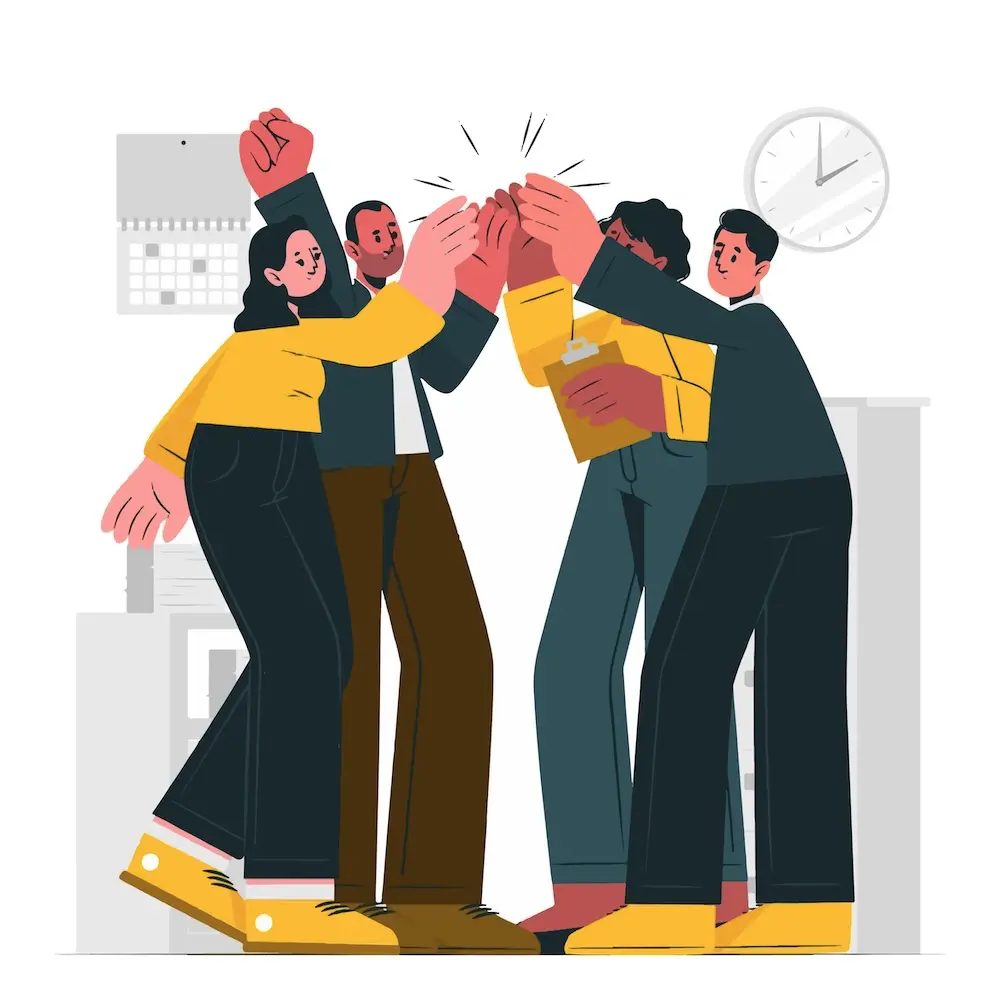The Role of User Experience (UX) in Web Development

A well-designed website and its user experience are pivotal factors in achieving success and sustaining customer engagement over the long term. When your business website boasts intuitive designs and provides user-friendly experiences, it’s a clear sign that your enterprise is on the path to achieving outstanding returns on investment (ROI) and increased profitability.

But First, What is UX Design?

UX design is about crafting a website while considering the user’s perspective. It aims to deliver a smooth, instinctive, and pleasing user experience. At the core of excellent UX design lies thorough research, testing, and assessment. It involves comprehending user needs and preferences and finding the best ways to fulfil them. The objective of UX design for a website is to enhance user satisfaction and loyalty, ultimately making the website more efficient and captivating.
What is the Role of UX Design to Web Development?
In web development services, the main function of UX design is to ensure that websites, applications, and digital products offer a pleasing experience for users. UX designers prioritise user needs and preferences, striving to make products that are user-friendly, accessible, and visually appealing. Ultimately, they enhance user satisfaction and engagement.
Benefits of a Good User Experience
Increased User Satisfaction and Engagement: A well-crafted user experience allows users to navigate a website effortlessly, find information quickly, and complete tasks easily. This results in higher user satisfaction and increased engagement, leading to longer site visits and return visits.
Improved Conversion Rates and Sales: Positive user experiences encourage users to take desired actions, such as making purchases, filling out forms, or subscribing to services. Good UX design optimises conversion rates and boosts sales.
Enhanced Brand Reputation and Loyalty: A user-focused website shows a commitment to customer satisfaction, building trust and a positive brand reputation. Satisfied users are more likely to become loyal customers and brand advocates, fostering customer retention and positive word-of-mouth marketing.
Lower Bounce Rates and Higher User Retention: A poor user experience prompts visitors to leave a site without further exploration, resulting in high bounce rates that can harm search engine rankings. In contrast, good UX design encourages longer stays, more content exploration, and repeat visits.
Key Elements of User Experience Design

Usability and Intuitive Navigation: A user-friendly website should have clear, easy-to-use navigation menus, maintaining consistency in layout, labelling, and element placement.
Visual Appeal and Aesthetics: A website’s visual design, including layout, typography, color schemes, and imagery, captures users’ attention and elicits a positive emotional response.
Accessibility and Inclusivity: To ensure a positive user experience for all, websites should consider accessibility and inclusivity. This includes alternative text for images, readable fonts, color contrasts, and Optimisation for assistive technologies.
Content Relevance and Organisation: Users visit websites to find specific information or complete tasks, necessitating well-organised, scannable content with clear headings and subheadings.
Performance and Loading Speed Optimisation: Website performance, particularly loading speed, significantly impacts the user experience. Slow-loading sites frustrate users and lead to high bounce rates. Optimising performance with techniques like caching and image Optimisation contributes to a smooth user experience.
Teaming Up: The Collaboration Between UX Designers and Web Developers

Impact on Business Goals
User-friendly websites greatly influence business goals. Easy navigation and quick access to information or products encourage visitor engagement, conversion, and return visits. Positive user experiences result in increased customer satisfaction, enhanced brand loyalty, and better conversion rates. When businesses prioritise UX design in website development, they set themselves apart from competitors, build credibility, and achieve positive business outcomes.
Final Thoughts
User experience is a crucial aspect of website development, as it significantly influences visitors’ perceptions, engagement, and conversion potential. Creating a well-designed UX involves grasping user needs, designing an attractive layout, ensuring responsiveness and accessibility, as well as thorough testing and Optimisation.
To drive user engagement and business success, UX designers must prioritise user satisfaction and overall website experience. Consequently, a successful website can yield a positive user experience, boosting user happiness and contributing to business growth.





